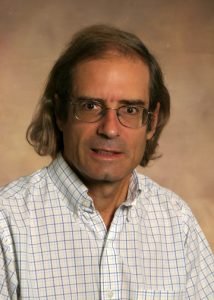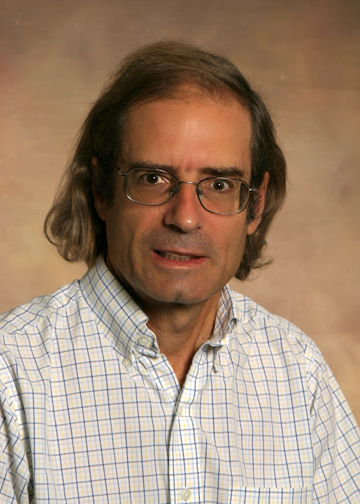Paul Durbin, Martin C. Jischke Professor of aerospace engineering, received three grants in the last academic year to supplement his research in turbulence and transition in fluid flows.
The research grants come from the NSF, NASA and Pratt and Whitney Aircraft Engines. Durbin said the objective of his work is “for engineers to be able to analyze and design devices involving fluid flow, such as engines and airplanes, using computer calculations and a limited amount of prototyping.”
 Durbin’s research is a combination of theory, computer simulation and analytical modeling for practical engineering analysis. He and his students work with companies that develop general-purpose software for computational fluid dynamics.
Durbin’s research is a combination of theory, computer simulation and analytical modeling for practical engineering analysis. He and his students work with companies that develop general-purpose software for computational fluid dynamics.
“They need relatively simple methods to predict transport properties of fully turbulent flows and when flows will transition from smooth to turbulent motion,” said Durbin.
Durbin’s team also does fundamental work on the detailed mechanisms of transition, which involves simulations on multiprocessor computers. But even with massive computing power, full-scale device simulations can be infeasible, he said.
To overcome this, the group developed subscale models that can be used to reduce computer power while still simulating large-scale turbulent motions.
The main setback Durbin’s group has faced is creating ideas for simple equations that can deliver highly accurate predictions.
“Particular experiments produce data, which must be matched to solutions of model equations, but the model also has to work in a wide range of cases,” said Durbin.
Working in turbulence and transition for many years, Durbin’s interest in fluid dynamics began when he was an undergraduate student at Princeton University. He said at that time he was drawn to geophysical fluid dynamics, which is the study of naturally occurring large-scale flows on Earth and other planets.
“Since then,” he added, “I have worked on various aspects of turbulent flow and mixing, instability and transition.”
Recently, Durbin participated in a NASA workshop called “Vision 2030” for Computational Fluid Dynamics. He was on a panel to discuss the role of turbulence modeling, which he said is central to many applications.
“Most of the applications I am involved with relate to aircraft engines,” said Durbin. This includes the aerodynamics of compressors and turbines. The models are also needed in the chemical industry for designing mixers and chemical reactors, and in the automotive industry for analyzing flow over car bodies and in engines.
The consensus of the panel, which Durbin echoed, decided turbulence modeling would remain a critical area.
“There is no practical, viable alternative,” he said. “But, at the same time, the modeling is far from perfect. There is a desire to improve and adapt the models to particular applications, so they will remain important for engineering design and analysis of fluid flow for years to come.”
